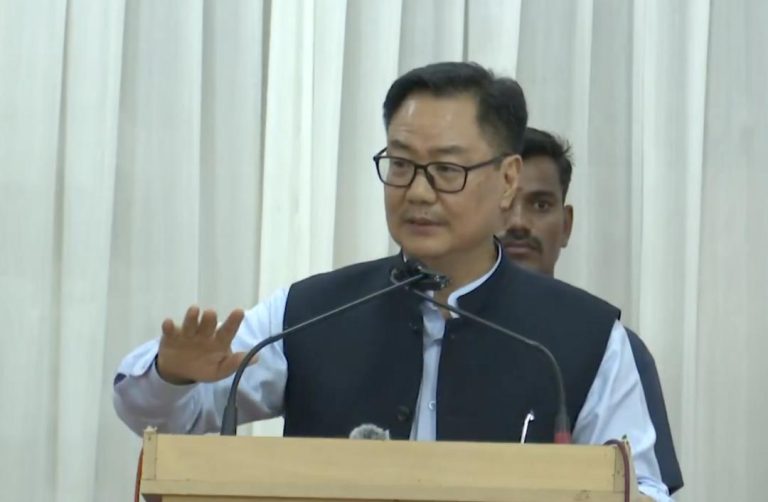
Pakistan Cyberattack Claims Mostly Exaggerated: CloudSEK
The recent Indo-Pak conflict sparked a wave of cyberattacks on government and infrastructure targets, with many claims of severe disruptions and damage made by hacktivist groups. However, a new report by CloudSEK, a leading cybersecurity company, has shed light on the reality of these attacks, revealing that most claims of cyber mayhem were exaggerated.
According to the report, over 100 cyberattacks were claimed by hacktivist groups during the conflict, but a closer examination of the attacks reveals that many were minor and caused only brief disruptions. In fact, the report highlights that the real damage was minimal, despite widespread media attention and alarmist claims.
The report, which analyzed the attacks and their impact, found that most of the attacks involved outdated data or were simply re-packaged and re-released old malware. Many of the attacks were also easily preventable with basic cybersecurity measures, leading CloudSEK to urge stronger cybersecurity practices to counter superficial attacks.
So, what exactly did the attacks entail? According to CloudSEK, the majority of the attacks were simple Distributed Denial of Service (DDoS) attacks, which aimed to overwhelm websites and networks with traffic. These attacks typically caused brief disruptions, but did not result in any significant loss of data or damage to critical infrastructure.
Another common type of attack was the spread of malware, including viruses, trojans, and ransomware. While these attacks can be serious, the report found that many of the malware samples used were outdated and easily detectable. In fact, many of the attacks were likely carried out by script kiddies, individuals who use pre-existing malware and exploit kits to launch attacks.
The report also highlighted the role of social media in spreading misinformation and fueling hype around the attacks. Many hacktivist groups and individuals used social media to claim responsibility for attacks and spread fear and panic. However, the report found that many of these claims were exaggerated or entirely fabricated.
So, why did the media and the public buy into the hype surrounding the attacks? The report suggests that a combination of factors contributed to the exaggeration of the attacks. Firstly, the conflict between India and Pakistan was already highly publicized and emotive, making it easy for hackers to capitalize on the attention. Secondly, the rapid dissemination of information on social media created a perfect storm of misinformation, with many reports and claims spreading quickly without being verified.
Finally, the report highlights the lack of transparency and accountability in the cybersecurity industry. Many cybersecurity companies and individuals are quick to claim credit for foiling attacks or discovering new malware, but often fail to provide concrete evidence to back up their claims. This lack of transparency can lead to overhyping of attacks and the perpetuation of misinformation.
In conclusion, the CloudSEK report highlights the need for a more balanced and nuanced approach to cybersecurity. While the threat of cyberattacks is real, it is essential to separate fact from fiction and avoid exaggerating the impact of attacks. By promoting transparency, accountability, and evidence-based reporting, we can build a more resilient and secure online environment.
Sources:






